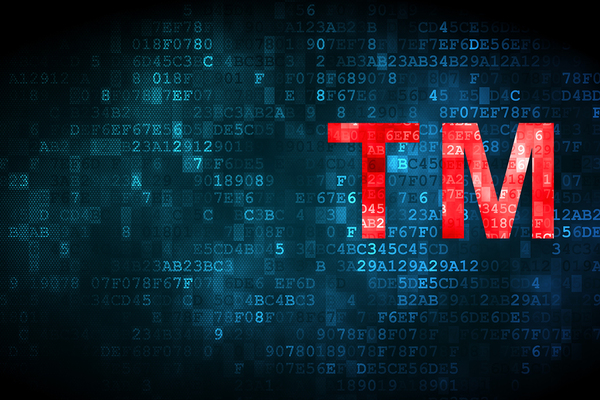Recently, technology news headlines have been chortling over the fact that venerable U.S. firm Proctor & Gamble—known for consumer goods such as Tide detergent and Ivory soap—has filed an application to trademark popular internet terms, such as LOL, NBD, and WTF. Does Proctor & Gamble, which has been in existence for more than 180 years, think the trademarking can help it transform digitally?
Can Digital Terms Help a Venerable Company?
It may think that—or at least assume that trademarking LOL and its internet-savvy sibling terms will help the company’s marketers sell soap and detergent to upcoming digitally-fluent generations. After all, associations have a lot to do with marketing. And the associations of abbreviations developed for use digitally may assist in the transformation in the minds of consumers.
So the trademark terms, if approved, might help sell to Millennials and Generation Z, who are digital natives. And it may give Proctor & Gamble the imprimatur of “hip” in the minds of all generations.

It’s not clear whether a trademark application for existing terms would be successful.
But Will a Trademark Application Be Successful?
But it’s far from clear that the trademark filing will be successful. It’s still pending. Trademarks, according to the U.S. Patent and Trademark Office (USPTO), are “generally a word, phrase, symbol, or design, or a combination thereof, that identifies and distinguishes the source of the goods of one party from those of others.” Think the Nike Swoosh or Apple’s bite-of-the-fruit-in-question profile logo.
The process of registering trademarks is relatively simple. A company representative searches a database to see if the planned trademark is currently in use. If not, they are free to file an application to the USPTO, which is an agency of the U.S. Department of Commerce.
But would the USPTO approve terms have been in use for some time, and would seem to have no intrinsic relationship with Proctor & Gamble products? Indeed, according to Entrepreneur, the product line the trademarks would be associated with has not yet been fully developed.
Business annals are littered with examples of companies that have tried to trademark something, only to be turned down, seemingly because the item is in general use. Motorcycle maker Harley-Davidson, for example, tried to trademark a revving engine sound in the mid-1990s, and it was unsuccessful. Venerable U.S. cereal maker General Mills tried to trademark the yellow of a Cheerios box last year, and it was similarly turned down.
Yet business annals also show multiple cases of success in trademarking terms in general use. Facebook, for example, was able to trademark the word “Face.” Even more surprisingly, television personality Paris Hilton successfully trademarked the phrase “that’s hot.” While seemingly ubiquitous, her television and other appearances associated the phrase with her convincingly. She successfully defended the trademark against Hallmark.
So can trademarking a digital term help with digital transformation? Not by itself, which business leadership should be aware of. But can it help make the product relevant and appealing to digitally savvy generations? In all likelihood, yes.
